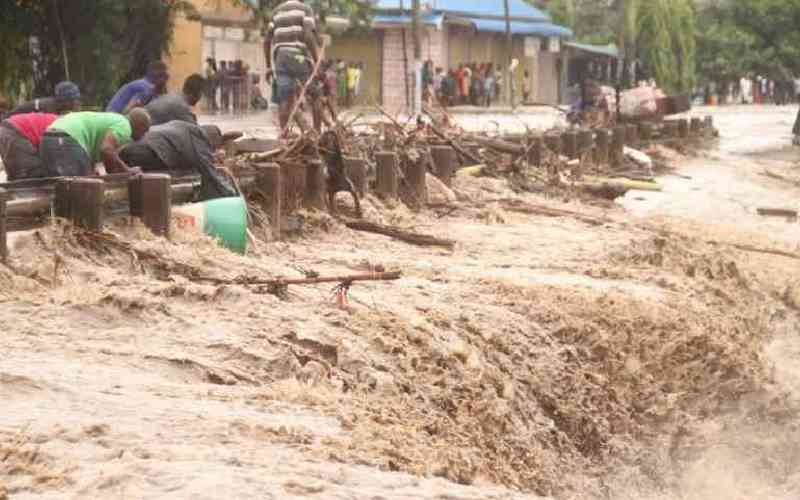This week I visited in Dodoma, Tanzania. Back in 1973, President Julius Nyerere’s government devised a plan to shift the capital from Dar es Salaam to Dodoma, in the middle of the country.
The idea was to make the seat of government accessible to most Tanzanians. Despite being unable to implement the plan due to economic constraints, Nyerere kept the dream alive throughout his tenure. But his successor abandoned the idea. That is, until President John Magufuli came into the picture. In 2016, Magufuli ordered the government to move to Dodoma. Many officials complained, unhappy with the idea of moving to the wilderness. But Magufuli stuck to his guns.
Three years after Magufuli’s directive, government presence is being felt in Dodoma. There is a planned“Government City”, 17 kilometers from the city centre. This is in keeping with the original plan to develop Dodoma as a cluster of towns, individually ringed with gardens.
The gardens have not yet arrived. Much of the place is still dusty, with an architectural landscape that scarcely resembles a planned civic mecca. You would not guess that it is mean to be a planned capital – in the mold of other hyper-planned capitals such as Abuja, Brasilia, Islamabad or Naypyitaw. The plans are there, but implementation remains a challenge.
For over 42 years Tanzania dithered on Nyerere’s dream. Magufuli has little over six years to make it a reality. An inland capital will likely reshape the character of the nation in new ways.
More broadly, Magufuli’s quest is a stark reminder of how little most African leaders spend on civic architecture and the physical reorganisation of human settlements.
Physical planning is completely absent in most African cities, towns, and villages. In Nairobi, as in Accra, or Dakar, even wealthy households have to contend with having to dig their own water sources and septic tanks and build their own roads. Poorer households live in shacks, with absolutely no planning.
This ought to change as a matter of necessity. African states are urbanising fast. In the next 30 years, ever more people will move to cities. These people will need water and sanitation services. Waste management will be an ever-harder challenge to overcome.
And without planning, disasters – such as fires, floods, or disease outbreaks – will become common occurrences. Notice that planning and enforcement of masterplans is not the same thing as autocracy. It is simply the realisation that without planning chaos ensues.
The creation of orderly African cities need not be seen as an expense. Rather, it should be viewed as a means of unlocking the value of the housing stock in Africa’s cities and towns. Standardised construction codes, enforced zoning regulations, and properly regulated and liquid property markets would go a long way.
These interventions would also create millions of jobs, in addition to boosting the purchasing power of home-owning middle-class urbanites.
If Dodoma succeeds, it would provide an invaluable model for Tanzania and the wider region. It is not enough to build gated communities for the wealthy, walled away from the chaos that is typical of African cities. Both decency and economic sense demand that government strive to ensure that everyone has access to respectable housing and accompanying amenities.
- The writer is an Assistant Professor at Georgetown University
Stay informed. Subscribe to our newsletter
 The Standard Group Plc is a
multi-media organization with investments in media platforms spanning newspaper
print operations, television, radio broadcasting, digital and online services. The
Standard Group is recognized as a leading multi-media house in Kenya with a key
influence in matters of national and international interest.
The Standard Group Plc is a
multi-media organization with investments in media platforms spanning newspaper
print operations, television, radio broadcasting, digital and online services. The
Standard Group is recognized as a leading multi-media house in Kenya with a key
influence in matters of national and international interest.
 The Standard Group Plc is a
multi-media organization with investments in media platforms spanning newspaper
print operations, television, radio broadcasting, digital and online services. The
Standard Group is recognized as a leading multi-media house in Kenya with a key
influence in matters of national and international interest.
The Standard Group Plc is a
multi-media organization with investments in media platforms spanning newspaper
print operations, television, radio broadcasting, digital and online services. The
Standard Group is recognized as a leading multi-media house in Kenya with a key
influence in matters of national and international interest.








